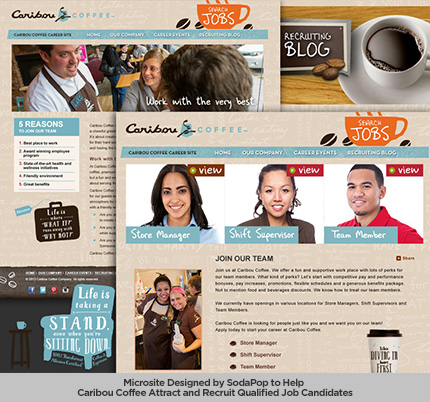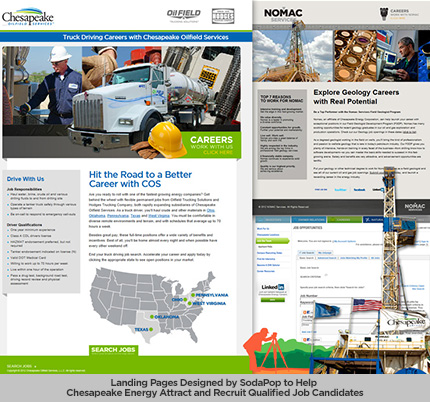Optimizing Landing Pages or Microsites for Conversion
Optimizing Landing Pages or Microsites for Conversion
Landing pages and microsites are one of the greatest tools to help generate traffic to your website. If you’re trying to generate new leads, find new customers, promote your new products or services, or recruit qualified talents to work for your company, landing pages and microsites can help you achieve that goal and create a positive impact on your bottom line.
Landing Page or Microsite
A landing page and a microsite both serve similar purpose of capturing visitor’s information through a quick lead generation form. The only difference is that a microsite has more pages and offering more in-depth information. On a microsite, you can have a page that tells a story about your company, a page about the product or service you’re trying to promote, a page about your company’s culture, environment and personality and perhaps an event calendar or some relevant news articles or events. Whether it’s a landing page or a microsite, they usually include a compelling header, strong copy, prominent calls-to-action (a button that leads to a page with the contact form or a quick optimized form right on the page).

Attracting the Visitor and Generate the Web Traffic
The quickest way to instantly get some initial traffic to your page or site is to run a pay-per-click (PPC) or launch an email campaign to promote the page or site. Make sure the page are professionally designed and reflect your brand and your company’s image.
Search Engine Optimization (SEO) for Conversion
A successfully optimized landing page and microsite will drive more leads for you. The goal is get more links to your landing pages or microsites in order to rank organically on major search engines. Your landing page and all the pages on your microsite should be SEO optimized, include all the META tags and headers, ALT tags and all other necessary elements. Each page should have attention grabbing headline, clear and compelling copy, attractive design with inviting and relevant images. Do include social media sharing to increase exposure and a chance of your visitor sharing your page or microsite with his and her friends.

Optimize the lead-capture form, keep in mind that the longer forms may result in fewer but generally more qualified leads. So, the length of the form and the type of data you would like to capture depend on how many leads and the type of leads you would like to receive. Ask only for the important and necessary questions from your leads and then follow up with them later. Responds to your leads quickly, majority of times the first person or company who responses to an online inquiry wins the business. Nurture your leads, some of your qualified leads may not be ready to purchase today but perhaps sometimes in the near future.
Set benchmark and metrics and continue to gauge, analyze the performance and keep optimizing further over time. Test your landing page and microsite and make adjustments and tweaks if necessary to improve the success rate, try out different headline, copy or value proposition or the visual (perhaps try a different choice of image, colors or size) and see which one have a better success.
Click here to learn more about how we can help with your lead generation efforts, building your next online marketing campaign and designing your next landing page or microsite.
James Faulkner is SodaPop Media’s Content Manager and Creative Director.





